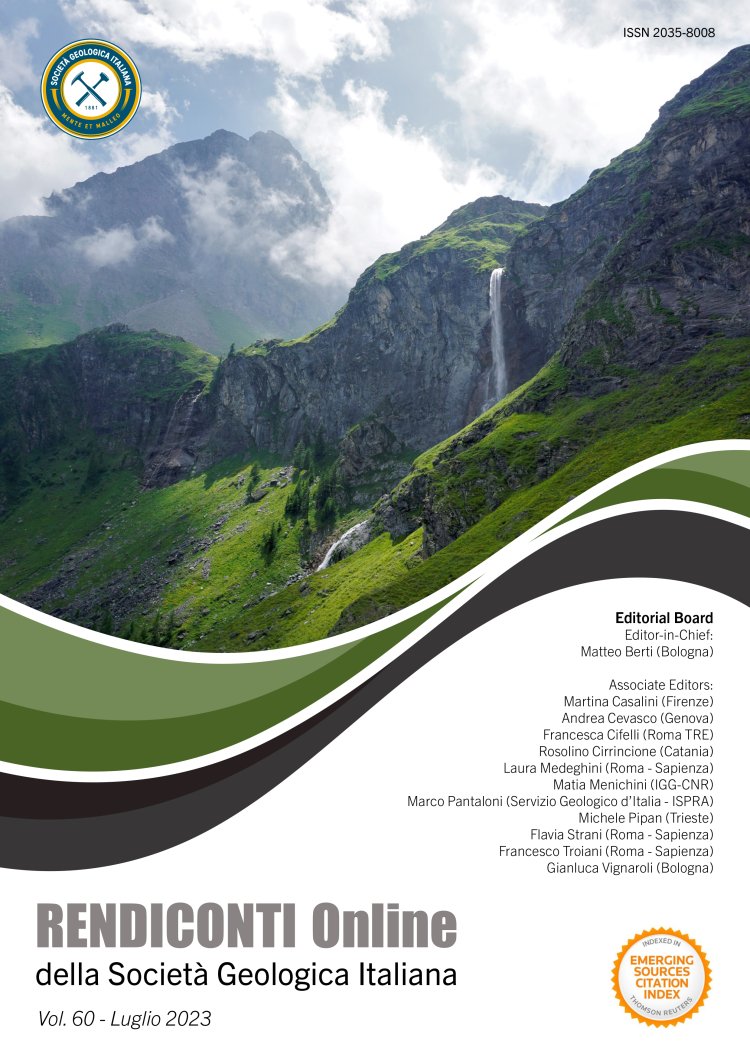
Toward a discrimination between reworked and in situ microfossil during the last phase of the Messinian Salinity Crisis: taphonomic insights from Maccarone section (Central Italy)
Alan Maria Mancini1, Enrico Nallino1 & Francesco Pilade1
1Dipartimento di Scienze della Terra, Università degli Studi di Torino, Via Valperga Caluso 35, 10125 Torino, Italy.
Corresponding author e-mail: alanmaria.mancini@unito.it
DOI: https://doi.org/10.3301/ROL.2023.39
Volume: 60/2023
Pages: 162-168
Abstract
The paleoenvironmental change characterizing the final stage of the Messinian Salinity Crisis, referred to as Lago-Mare (LM) event is the core of a vibrant scientific debate. Two main scenarios have been proposed: an almost desiccated Mediterranean Basin filled by brackish water, or a rather deep basin characterized by normal marine conditions. The discrepancies between the two scenarios arose from the interpretation of the fossil record, represented simultaneously by brackish and marine taxa. Therefore, discriminating between reworked and in situ fossils represents a crucial step to disentangle the environmental conditions characterizing the LM interval. We present a micropaleontological approach to reconstruct the taphonomy involving micro/ nannofossils by analyzing samples from the Maccarone section (Italy), which records the Messinian-Zanclean transition. We show that during LM, the brackish ostracod assemblage is poorly preserved and associated with a high amount of terrigenous grains, suggesting reworking/displacing from marginal areas. The planktic foraminifer abundance is fluctuating and negatively correlated with terrigenous grains, likely suggesting intermittent conditions with normal salinity.
Keywords
Get Full Text